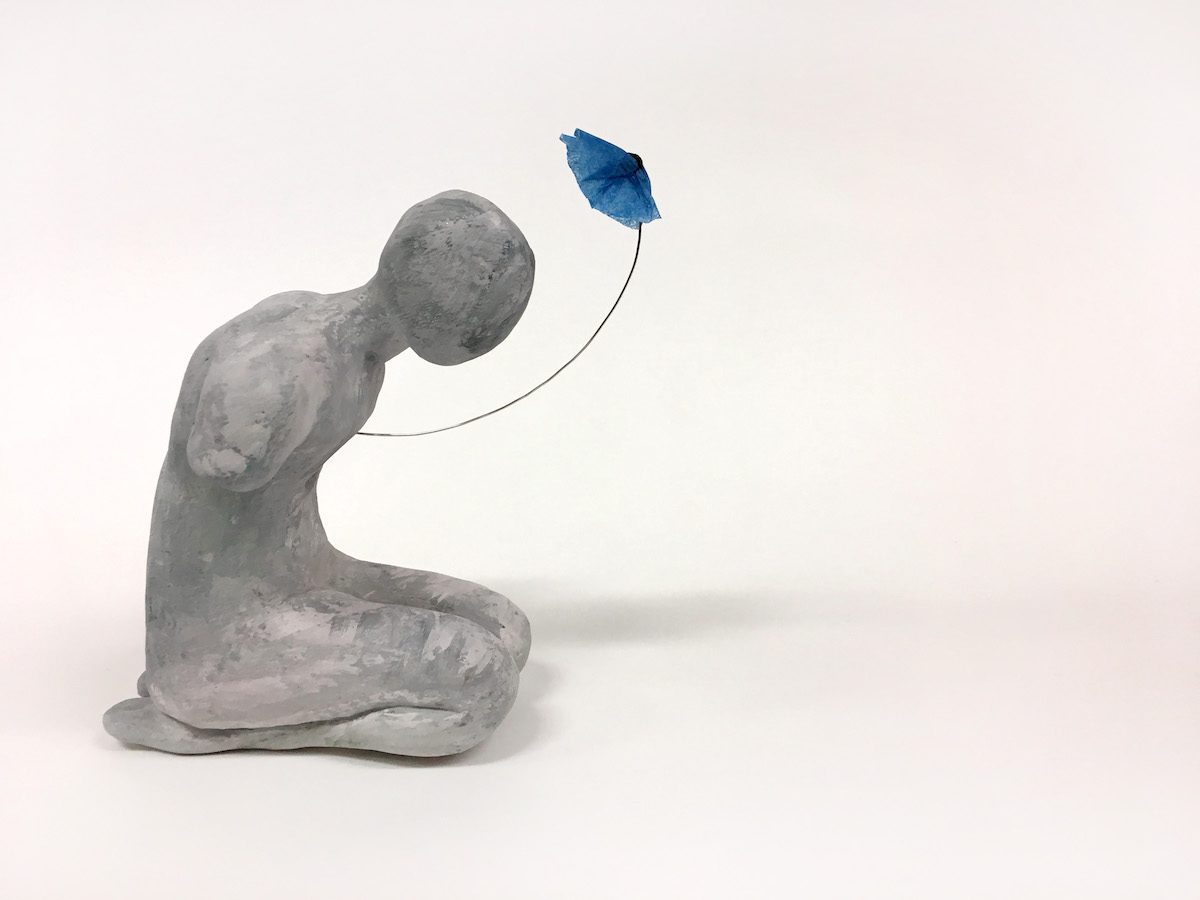Return to Learn with The Art of Education University
With schools reopening plans still in the works, there are a lot of concerns floating around about the start of the school year. How will I clean my supplies? How can I stay healthy and safe? What happens if I get sick? How will I teach both in the classroom and remotely?
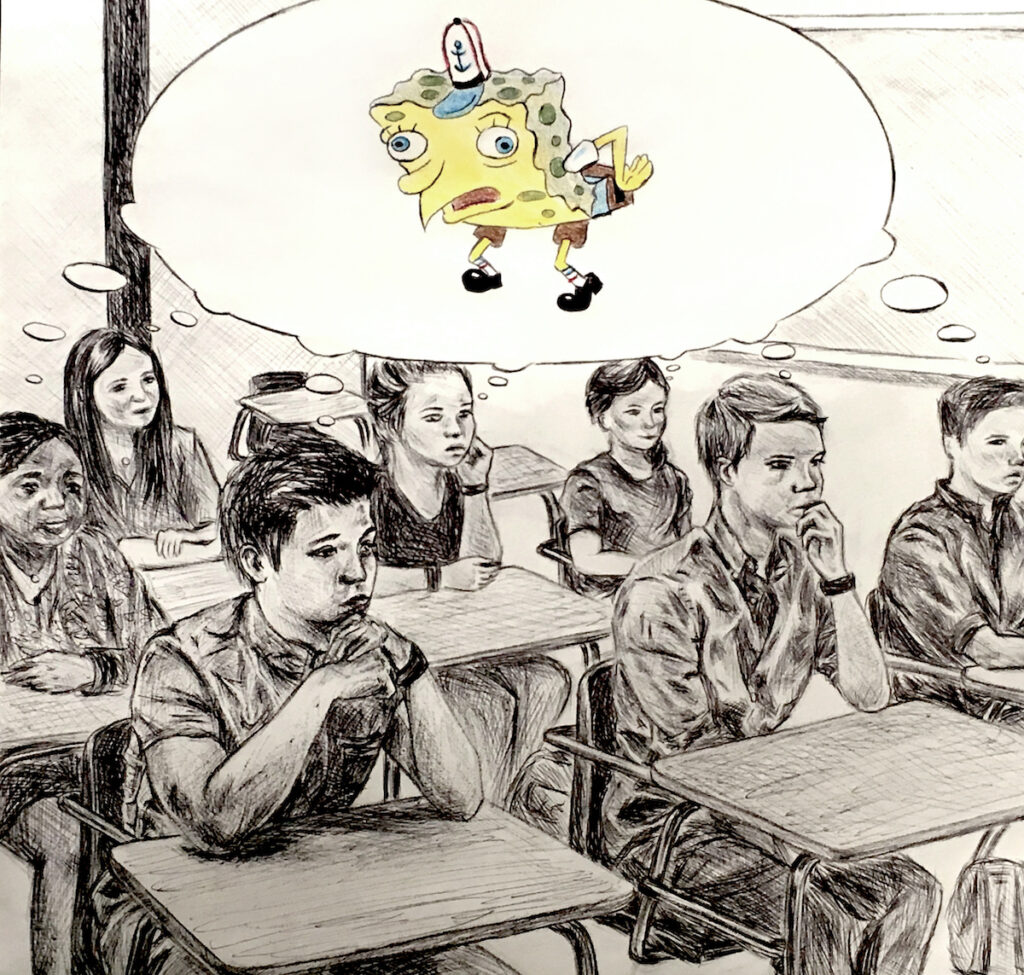
Let’s take a moment to pause and rethink how we teach altogether. First of all, pat yourself on the back. If I hear the phrase, “remote learning was a complete failure,” one more time, I might just flip my lid. Perhaps it was, perhaps it wasn’t. But asking teachers to turn their worlds upside down on a dime is something to revere.
What you did in the Spring of 2020:
- delivered essential content
- navigated new technology
- provided a sense of community
- fostered a safe place for students to express and explore
- rethought materials for access and equity
- managed your own home-life situation
This was nothing short of a miracle. Again, give that pat on the back. I don’t mean this like, “Hey! Good job! Here’s a cookie!” kind of a pat. I really mean, “Stop. Take a deep breath. Look at what you made happen!” At least for one moment, give yourself the credit you may not receive from anyone else. We see you, and you did it.
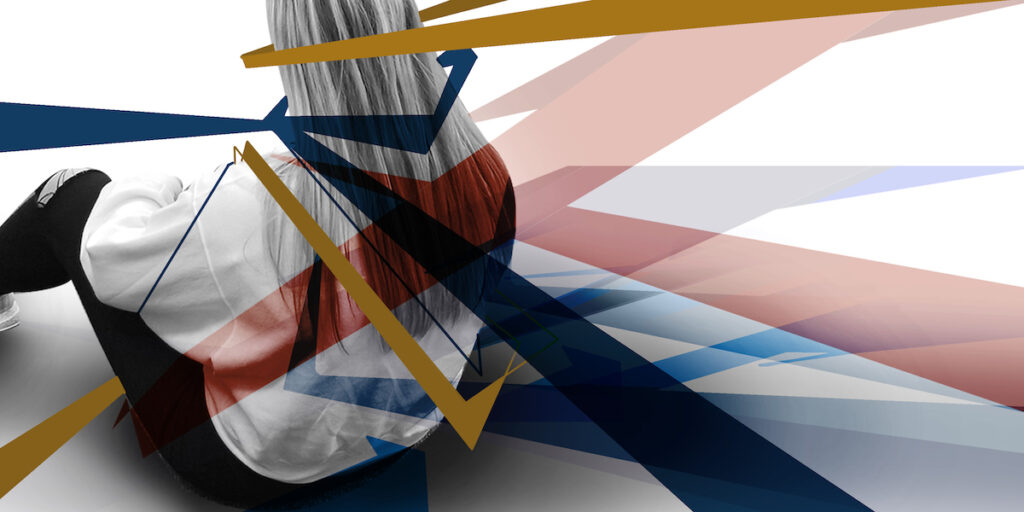
However, moving forward, there are some uncomfortable truths going into this fall. Unfortunately, what you did before won’t work again.
Remote learning didn’t work as well as it could have because we tried to repackage a curriculum that was meant for our classroom. That simply won’t work if we start the year thinking we can do that again. When we were asked to teach remotely during a crazy pandemic, you were in triage mode.
Did remote or e-learning go smoothly? Did students create artwork exactly how they were while in the classroom? Did all of my students have access to technology, supplies, time, and supports as they would in my classroom?
The answer to these questions, and many more, is most likely no. We could list all of our challenges to remote learning, but instead, let’s look at the root of the problem.
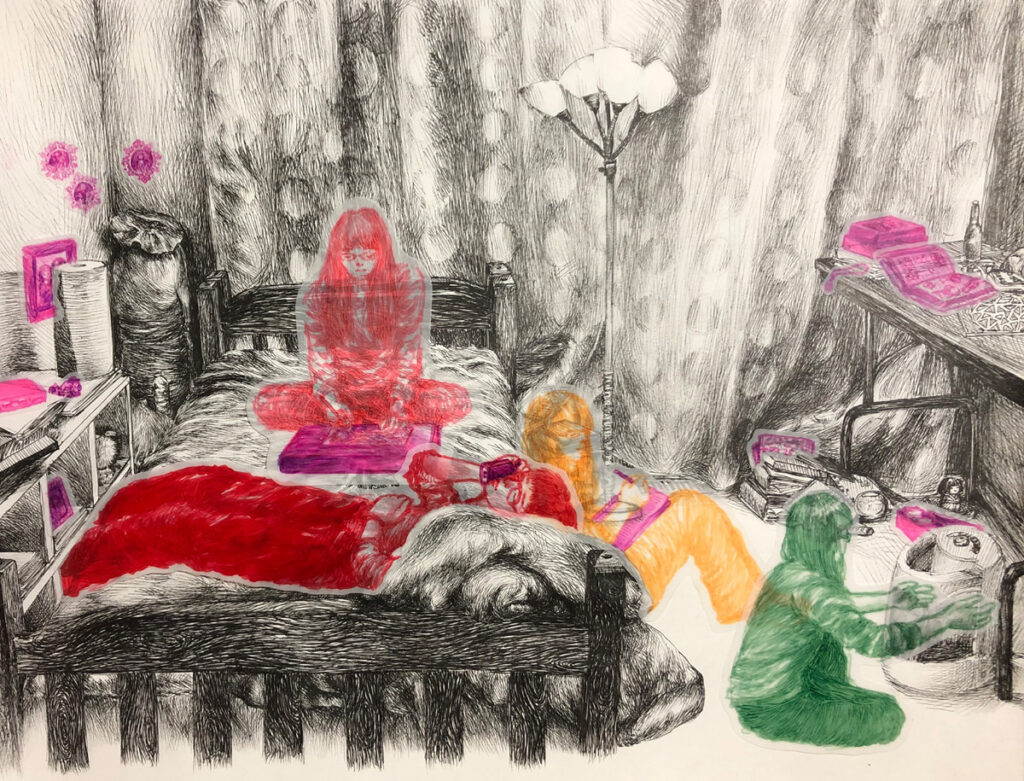
Two reasons why remote learning worked in the spring of 2020:
1. We already had an established community from our in-person classroom setting.
Starting in a remote or hybrid setup will call for creative ways to create community and personal connections from day one. It was much easier for my students and me to stay connected emotionally because we already knew each other. When students disengaged from my online classroom, I already had some ideas of why, such as knowing their personalities, knowing their home situation, and understanding emotional needs. Establishing connections and fostering your community will be even more dyer than before.
2. We did not have any time for professional development before shifting to remote learning.
While we may still have a short time to plan and prepare, it’s important to access professional development resources now. Since we are all in the same or very similar boat, professional development and creative resources have constantly been popping up to address our concerns and needs. It’s time to dig in and consider all options as we move into a new setting this fall.
When school buildings shut down, districts around the nation handled their timelines differently. It’s safe to say, however, that no one had enough time to prepare for what was happening to all of us at the same time. Schools picked up learning management systems to which neither teachers nor students had prior access. Everyone strived to the best of their ability to provide quality education. Let’s take this opportunity to make this even better from the start.
Bottom line: We can’t teach what we taught in the classroom.
What? But I teach ceramics! How can I do this remotely or even in a hybrid situation? It’s time to get creative. This is what we are best known for. It’s time to rethink the what, the how, and the why we teach.
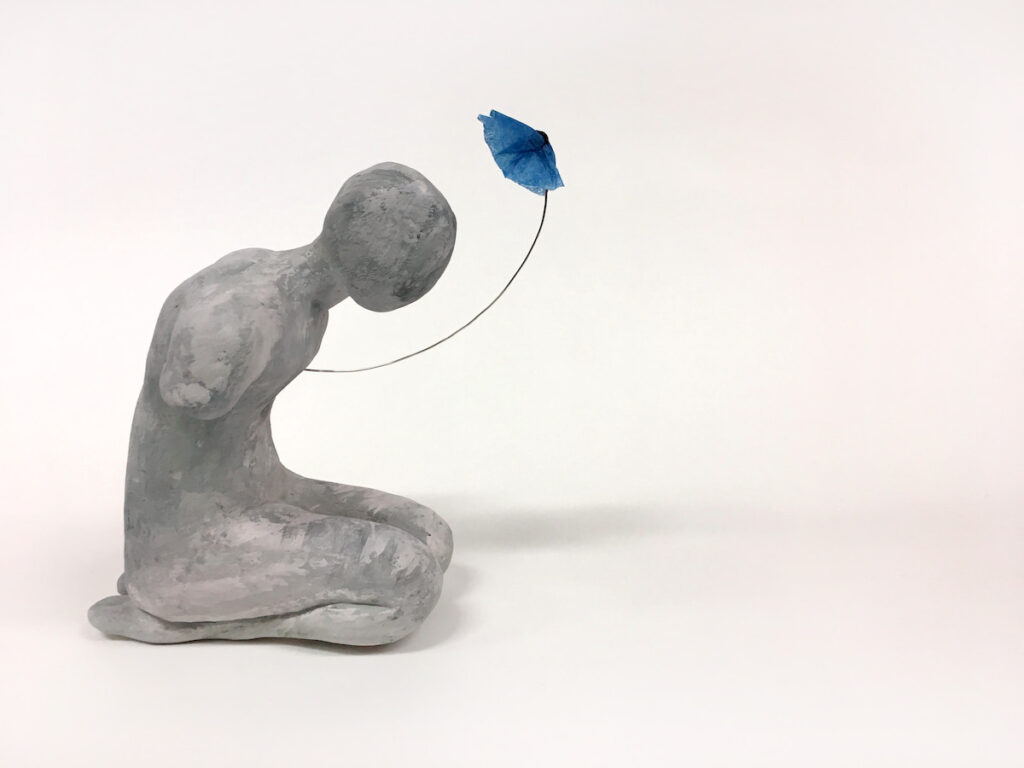
What to Teach: The Essentials
Simply put, you’re going to have to rethink what’s essential. Cut yourself some slack, and say, “It’s not the same, and that’s okay.” Constantly reinforce and embrace the change; remind yourself that you won’t be able to teach all of your curriculum. Rushing through or putting too much pressure on yourself and your students to get through content is not the best teaching practice.
Essential standards meet essential experiences:
First, consider the essential standards that must be met. Then, consider what essential experiences you want your students to have. What skill sets will support them moving on to the next levels? What will make this an enjoyable and unique experience that students won’t get in any other class?
Repackaging curriculum:
If you teach drawing, it may be pretty “easy” to repackage your curriculum. Use sketchbooks for portability, create to-go boxes with materials, and flip demonstrations to videos loaded to your Learning Management System or provide handouts for students. But what happens when you teach ceramics or jewelry/metals or even darkroom photography?
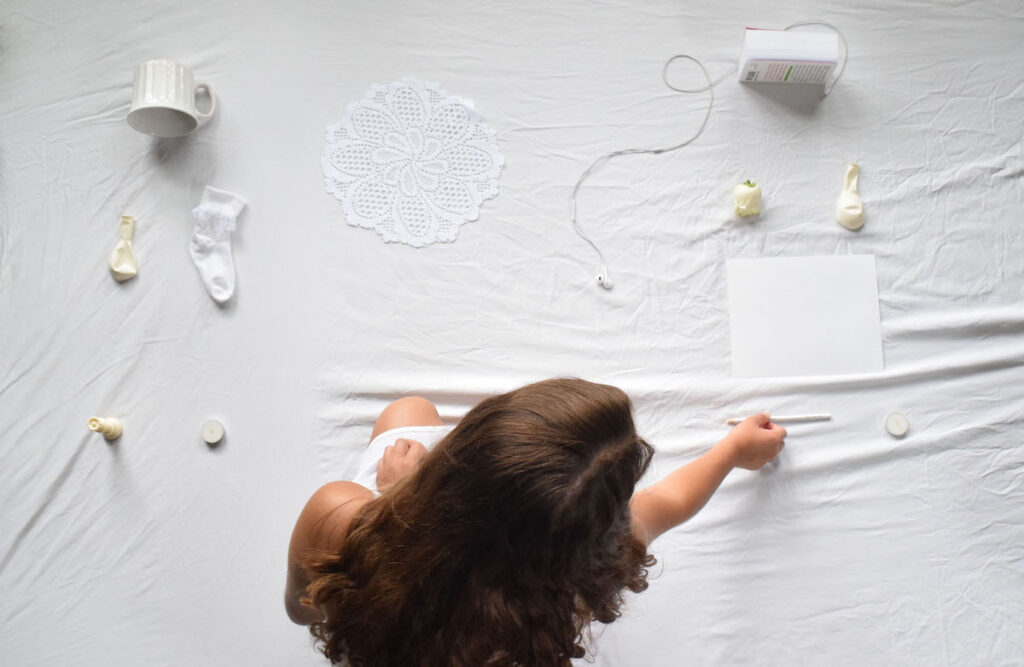
Substituting materials:
Let’s look at ceramics, for example. Normally, students might create several clay projects in a semester. They would work with clay, possibly even different types of clay. Students would be able to glaze their artworks and have them fired. All along the way, students are building expertise in clay skills as well as developing personal artistic expression.
Give yourself some grace. You will not be providing the same experience out of the classroom as you would in person, daily. Instead, reconsider how you can expose students to using clay and glazes. Instead of trying to get clay and tools for each student at home, how can you make the most of their experience of creating a form with their hands? Will it be a deal-breaker if my students are simply not able to complete the exact same projects this year?
Pare it down:
Paring down your curriculum to the bare essentials will give you room to breathe and maintain your day-to-day situation. When we do this, you are not only exposing students to essential, foundational content skills, but also a mindset.
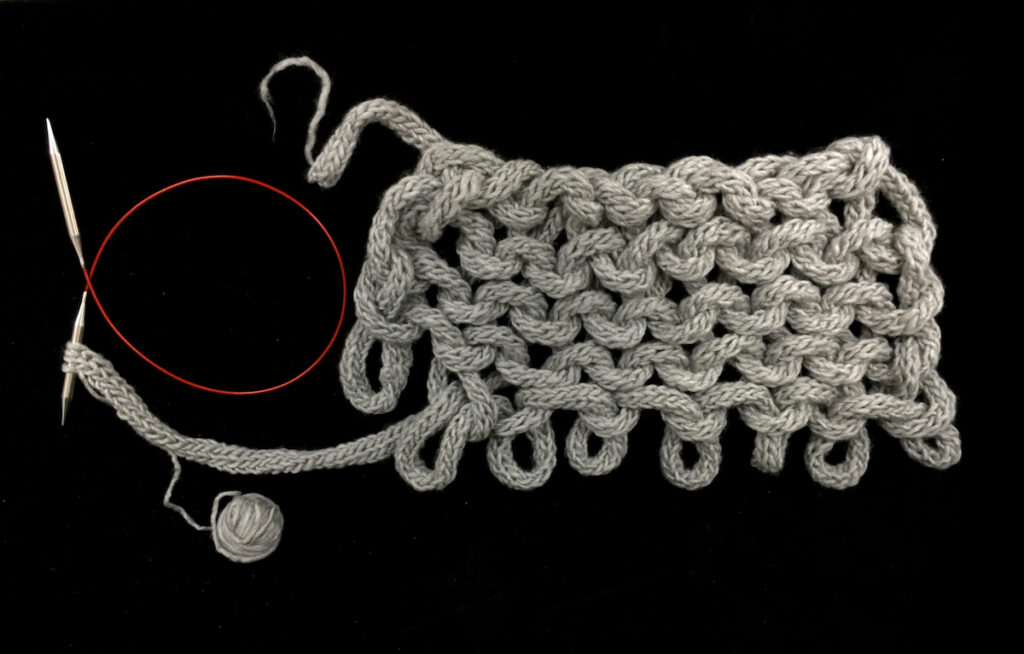
How to Teach: Get Creative
Now is the time to be extra creative within your delivery. Let’s go back to that ceramics example. If you are used to teaching all clay, consider how to teach 3D concepts in alternative ways. Sculptural routes using materials other than clay not only get your students thinking about form but also expose them to different ways to create depth and texture. If in a hybrid situation, utilizing students’ home-time to research and plan in preparation for class time will be essential. Because studio time will be so precious, students will learn quickly how important it is to be ready to create.
Change the scale of your expectations.
- Create miniature vessels instead of one large one. Your clay won’t dry out, and students will get the practice they need.
- Instead of earthenware clay, try air-dry, Play-Doh, or oil-based clays. Students will still practice construction methods and recycle unfinished works.
- Try painting the works instead of glazing. Students still get to embellish their work, and it won’t need more firing in a kiln to feel complete.
Connect art concepts with real-life applications.
- Collaborate with grade-level teams to reinforce connections. Instead of art being enrichment, make it integral to the learning process.
- Integrate Design Thinking and teaching for creativity. You will support students no matter where they go in life and provide them opportunities to be creative and away from their computers.
Provide social-emotional opportunities.
- Provide choice. Opportunities for self-expression will be essential to our classrooms this year. Remember to provide a few levels of prompts so students don’t feel forced to focus on a topic that might be too heavy for them to process.
- Teach craft. Weaving, for example, allows students to focus on rote activities and less on emotionally heavy content, which is what many of our students need.
- Include mindfulness. Art activities like doodling and color field paintings will have an important place in your teaching practice. Providing an opportunity to teach students how to be present in the moment will be the large takeaway of these activities.
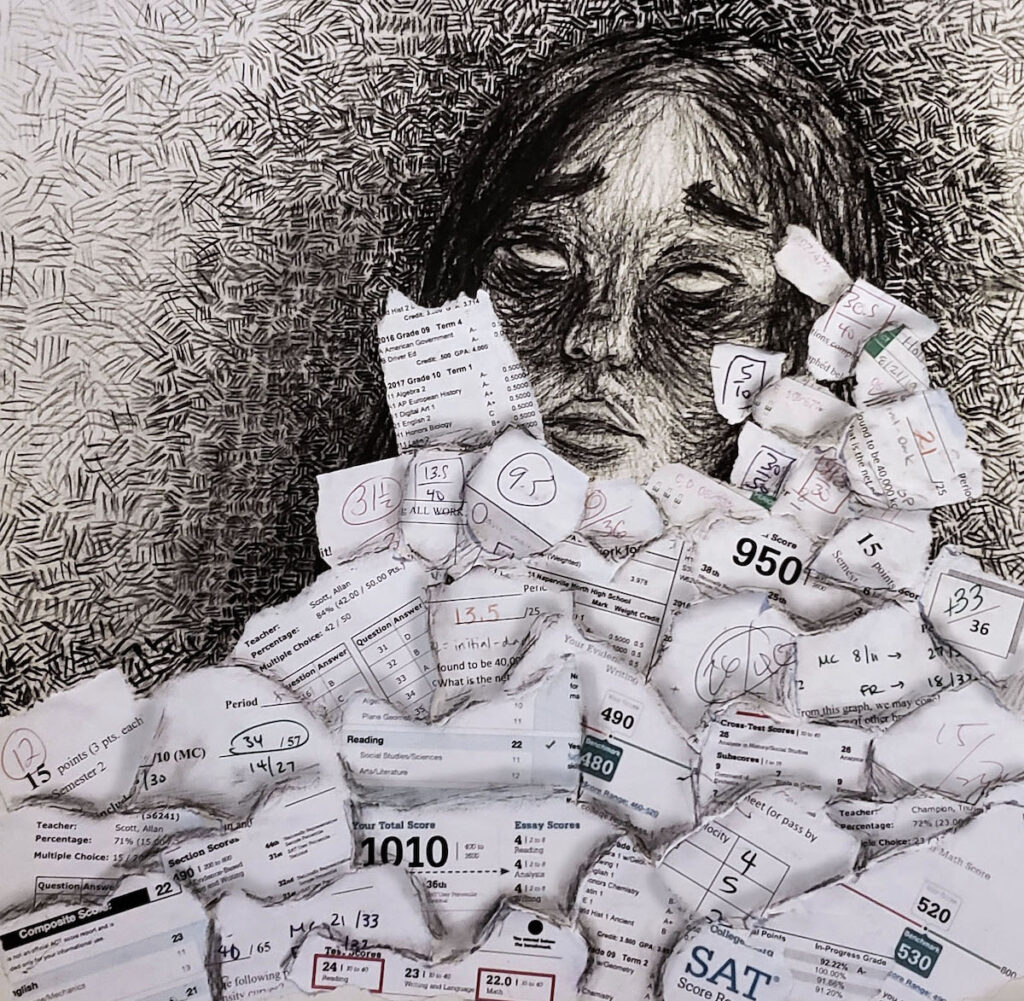
Why you Teach: Show What Matters
It’s time to leverage students’ needs above the responsibility of achievement. While we are often frustrated by not being considered a “core content area,” we are indeed lucky to have more autonomy in our practice. Your students’ learning won’t be assessed by a standardized test score. Parents will be grateful their child has an outlet in a tough time. Students will be thrilled to have opportunities to create when they are sitting behind a computer for six other hours of their day. Take comfort in the unique and special ways we fulfill students’ needs that other classes cannot.
First and foremost, when teaching in a pandemic, it’s essential to focus on keeping you and your students safe. If there’s one thing that has never failed, it is the love for your students, your passion for teaching, and your ability to be flexible and responsive to your students’ needs. Now is the time to truly think creatively and allow your autonomy to be an opportunity to provide outside-the-box solutions. No matter how you enter your classroom this year, one thing is certain: we are all in this together.
In what ways are you rethinking how you teach art education?
What essential standards and experiences are you focusing on this year?
What were your big takeaways from remote learning? What will you change, adapt, and modify as you move into your new situation?
Magazine articles and podcasts are opinions of professional education contributors and do not necessarily represent the position of the Art of Education University (AOEU) or its academic offerings. Contributors use terms in the way they are most often talked about in the scope of their educational experiences.
